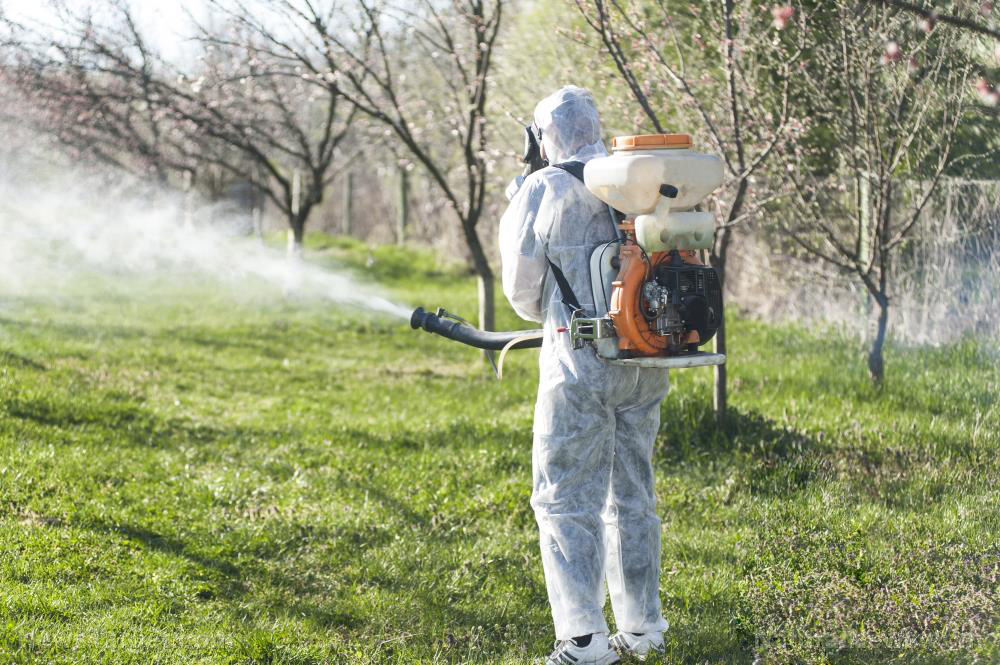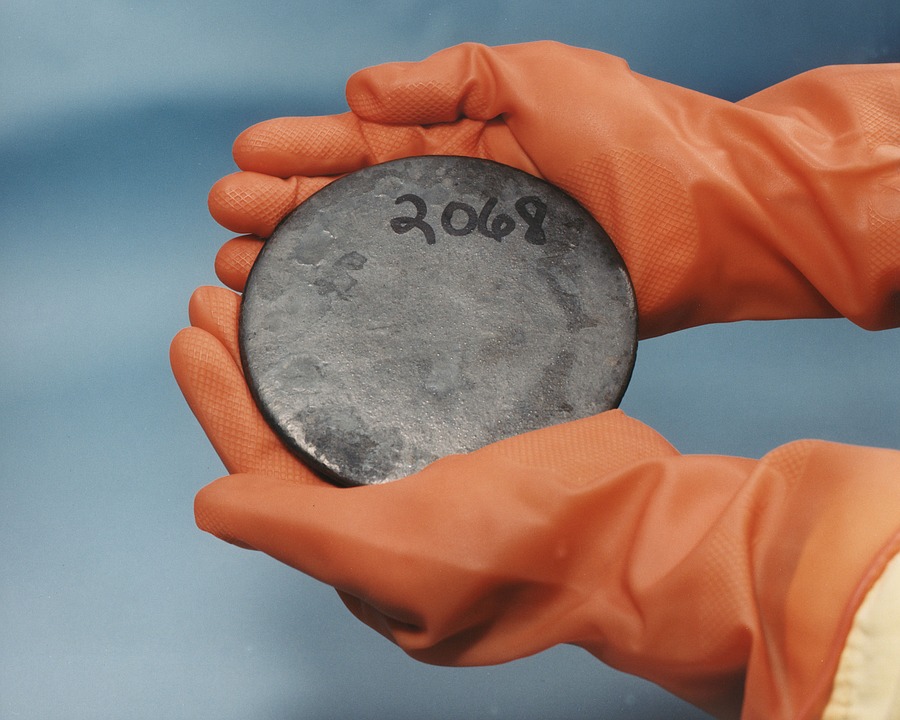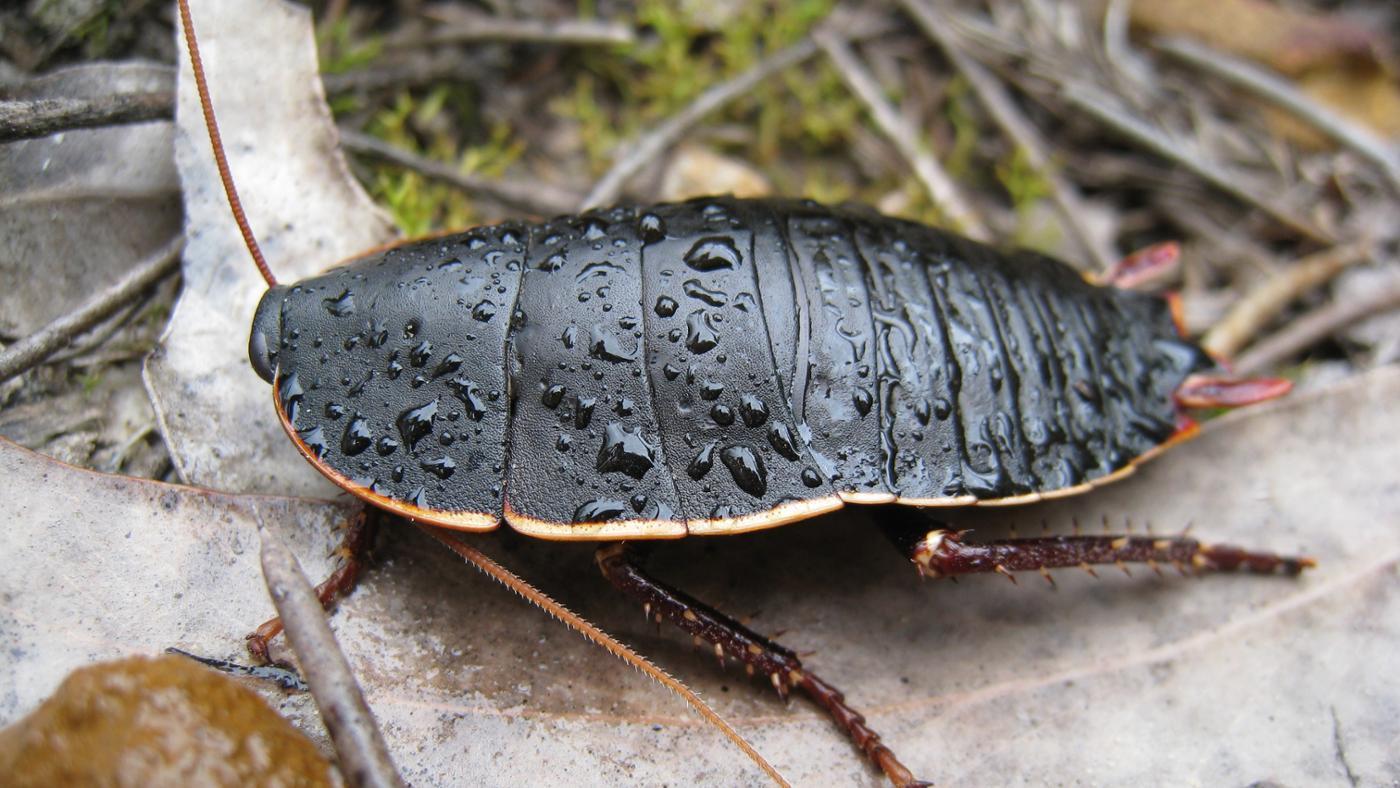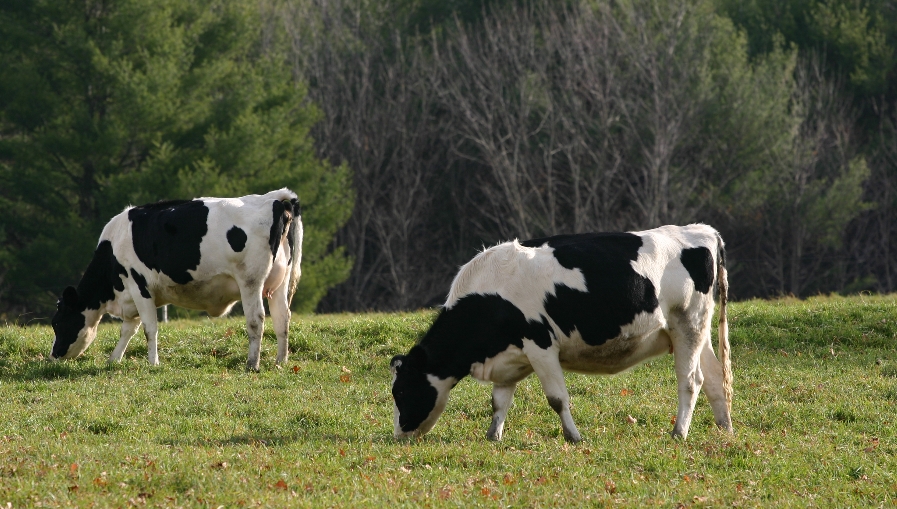Study: FOREVER CHEMICALS threaten British Columbia’s recovering sea otter population
11/11/2025 / By Ava Grace

- A University of British Columbia study found per- and polyfluoroalkyl substances (PFAS) – toxic “forever chemicals” – in every sea otter tested, including a newborn pup, indicating mother-to-offspring transmission.
- Otters near urban centers (Victoria, Tofino) and shipping routes had three times higher PFAS levels than those in remote areas, pointing to industrial runoff, urban pollution, and atmospheric deposition as major sources.
- PFAS do not break down naturally and accumulate in tissues over time. While not immediately lethal, chronic exposure is linked to liver/kidney damage, immune suppression, thyroid disruption and cancer (per Health Canada).
- As sedentary, shellfish-eating animals, otters act as sentinel species, revealing contamination levels in near-shore waters – the same waters supporting fisheries for human consumption.
- Canada is slowly regulating PFAS, starting with firefighting foams (by 2027), but critics warn delays allow further environmental accumulation. The study underscores the need for swift pollution controls to protect ecosystems and public health.
In a sobering discovery that signals a broader environmental crisis, sea otters along the coast of British Columbia have been found to be contaminated with toxic “forever chemicals,” according to groundbreaking research from the University of British Columbia (UBC).
The study, published early this month in Environmental Toxicology and Chemistry, marks the first time these persistent human-made substances have been documented in the province’s marine mammals. It raises alarms about the pervasive infiltration of industrial pollution into even the most remote coastal ecosystems and the potential health implications for the entire food web.
The research team analyzed liver and muscle samples from 11 deceased sea otters collected between 2016 and 2021. They detected a cocktail of these per- and polyfluoroalkyl substances (PFAS) in every single animal studied. Disturbingly, this included a newborn pup – indicating that the contaminants are being passed from mother to offspring.
The findings paint a clear and troubling picture: No otter, regardless of age, was spared from contamination. Moreover, the researchers found that the contamination was not uniform – revealing a stark correlation between pollution levels and human activity.
Otters recovered near larger population centers and busy shipping routes, such as Victoria and Tofino, had concentrations of PFAS that were, on average, three times higher than those from more isolated areas. This proximity effect points directly to urban runoff, industrial discharges and atmospheric deposition as the primary vectors for these chemicals entering the marine environment.
PFAS, often dubbed “forever chemicals” because they do not break down naturally in the environment, are a class of thousands of synthetic compounds. Valued for their resistance to heat, water and grease, they have been manufactured since the 1940s and are found in a vast array of consumer and industrial products. Their historical use in everything from non-stick cookware and food packaging to stain-resistant fabrics and firefighting foam has created a legacy of pollution that now spans the globe.
A silent, cumulative threat
The danger of PFAS lies in their persistence and their ability to bioaccumulate, meaning they build up in the tissues of living organisms over time. While the concentrations found in the B.C. sea otters were not deemed high enough to have caused their immediate deaths, scientists are deeply concerned about the long-term, cumulative health effects. Studies by Health Canada have linked PFAS exposure to damage in the liver, kidneys and thyroid, as well as immune system suppression and an increased risk of certain cancers.
For a population of sea otters that has fought its way back from local extinction, this new threat is particularly ominous. The species was wiped out in the province by the fur trade by the early 20th century.
A successful reintroduction program, which began in 1969, has seen their numbers rebound to over 8,000 by 2017. Their recovery is considered a conservation victory, but it is now a victory under a new, chemical shadow.
Sea otters are considered a keystone species, meaning their health has an outsized impact on the stability of their entire coastal ecosystem. They are also sedentary creatures, rarely traveling far from their home territories. This makes them perfect sentinels, or indicators, of local environmental health.
The contaminants found in their bodies, sourced from their diet of shellfish and other marine invertebrates, provide a direct snapshot of the pollution burden in near-shore waters. These same waters support fisheries harvested for human consumption.
A regulatory race against time
The findings from UBC arrive as the Canadian government is in the midst of a multi-phase effort to regulate PFAS. In March, federal agencies concluded that most of these substances meet the criteria for being labeled toxic under the Canadian Environmental Protection Act. The government’s plan involves a three-pronged approach, starting with regulating PFAS in firefighting foams, with a goal to publish those specific regulations by 2027.
Subsequent phases will aim to limit PFAS in consumer products like cosmetics and food packaging, and finally, address their use in essential applications like certain medical devices and military equipment. However, the timelines for these later phases remain undefined, a delay that critics argue allows for continued pollution and accumulation in the environment.
“The long-term cumulative effect of PFAs is severe and persistent damage to human health,” said BrightU.AI‘s Enoch. “These ‘forever chemicals’ accumulate in the body over time from regular exposure, leading to long-term health problems. Their environmental persistence for decades means this health risk continues to grow and affect populations.”
The presence of forever chemicals in British Columbia’s iconic sea otters is more than a scientific finding. It is a clarion call for swift and decisive action to turn off the tap of PFAS pollution, before the problem becomes an even more indelible stain on the nation’s ecosystems.
Watch this clip about the spread of forever chemicals.
This video is from the andreash channel on Brighteon.com.
Sources include:
Submit a correction >>
Tagged Under:
This article may contain statements that reflect the opinion of the author




















